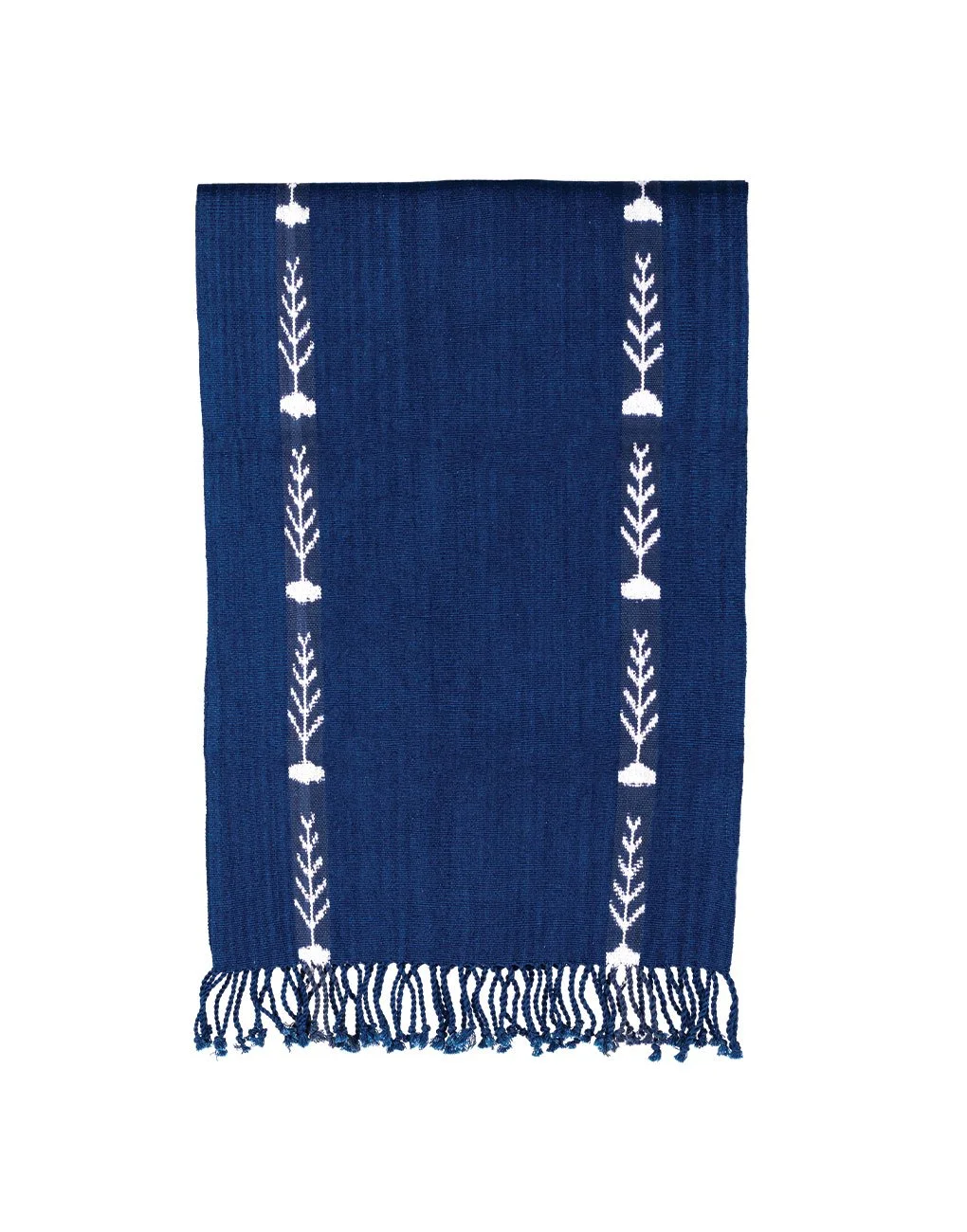Mayan Hands
LOCATED IN guatemala
Mayan Hands partners with women weavers across different communities in the western highlands of Guatemala. The organization is dedicated to creating economic and educational opportunities for Maya women and girls, many of whom previously had limited access to educational opportunities, so they are able to build sustainable futures and as they continue to preserve their cultural traditions.
Through these dignified income-generating opportunities, women can provide for their families, send their children to school, and invest in their local communities. They participate in capacity building programs that include technical skill training, product design, leadership development, and workshops addressing gender role awareness and health and well-being. Mayan Hands invests in the next generation by offering scholarships and support to indigenous girls.
To create the naturally dyed runners, artisans practice a backstrap loom weaving technique, which most artisans learn from their mothers when they are young children. On average, it will take approximately eight to nine hours, in addition to the time to create the jaspe (ikat) fabric, wind the warp, and dress the loom for weaving, to create these pieces. To start making the jaspe, an artisan will bind and tie knots along the warp thread, forming a pattern that resists color when placed in the natural dye. After the threads are dyed, they are dried, untied, and added to the wrap threads and placed on the loom in preparation for weaving. The desired patterns will appear during the weaving process — these designs are often inspired by nature and important aspects of Maya culture. After the jaspe is ready, weaving can begin. The threads, locally sourced in Guatemala, are wound on the warping board, which determines the dimensions and patterns. Then an artisan will transfer it over to the loom. One end of the loom is attached to either a tree or a wall and the other end is secured to the weaver through a strap that is wrapped around her back. The movement of her body helps to adjust the tension on the loom during the weaving process. This intricate process results in beautiful textiles that help preserve time-honored cultural traditions.
Before weaving the napkins, the artisans carefully wind cotton threads dyed with natural indigo onto a warping board. The organized warp threads are then placed onto a foot loom, and as she weaves, the weaver passes the weft thread over and under the wrap threads. Once the fabric is woven, a tailor sews the napkins with a deep hem and mitered corners. Although it is far more typical for men to weave on this type of loom in Guatemala, the women in this cooperative have been weaving on a foot loom for more than three decades.
from the archives
Indigo Table Linens
Fringe Napkins
More colors available
More styles available
More styles available
More styles available
Pillow Covers
Placemats
See something you like? We are committed to connecting wholesalers and buyers with artisan and producer groups in underserved communities around the world.
Please fill out the form, and we’ll be in touch with more information as soon as possible.





